Illustration or photography? Your audience decides
Illustration has been used by businesses since marketing began. However photography overtook and became the preferred form, with consumers trusting that 'the camera never lies'. In the 1920s, photography accounted for just 15% of advertising, but by 1930, it had pretty much taken over from illustration with around 80%. Whilst photography still has a lead role in marketing, the industry is shifting once more and illustration is fast becoming the preferred choice for a more multi-faceted approach. A far cry from the illustrations of previous centuries, the modern creative can produce graphics that provide a business with a distinct and intelligent way to communicate with the public.
In a world where the number of small businesses has mushroomed, it has never been more important to display personality and stand out from the crowd. A bit of market research will probably tell you that most of your competitors are still using photography. Illustration could be the key to making your business immediately stand out from the army of fellow entrepreneurs. Using bespoke, professionally created illustration becomes all the more vital, as stock imagery will only position you firmly back amongst the crowd.
Choosing whether to use photography, illustration or a combination of the two is an important decision. If your business relies on communicating simple, universally understood subjects, then photography still has the strength of conveying realism.
Illustration, however, has the capacity to display concepts and more complex ideas in engaging ways, something photography cannot achieve by its very nature. Photography relies on direct communication, enabling the audience to immediately see themselves in the photo. Illustration knows no such boundaries and has the added benefit of being able to cleverly extend a brand by incorporating text and brand colours. The opportunities with illustration are endless from using cartoon characters to textured portraiture.
Details
- by
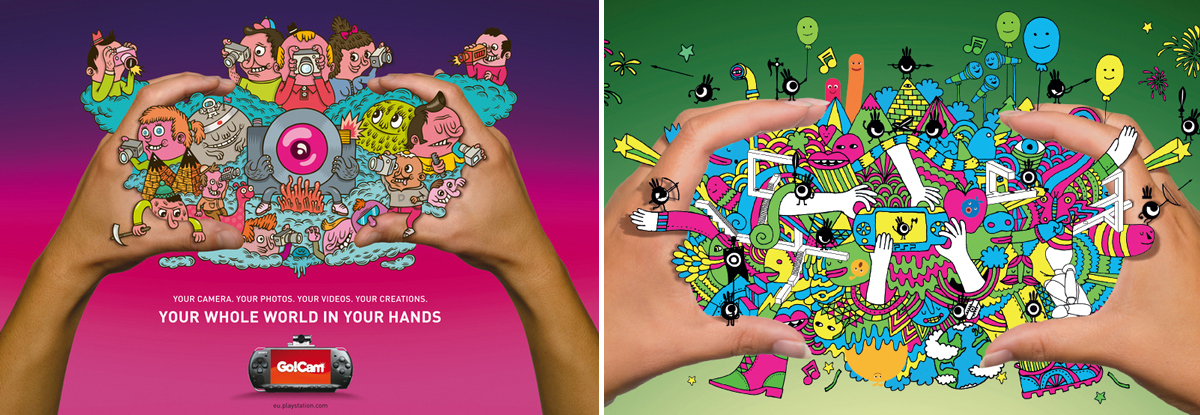
Big brands such as Sony and Vodafone use illustration to convey how their products will improve your life, encouraging you to buy in to more than the product, but a concept. (images available online of Sony PSP and Vodafone advert).
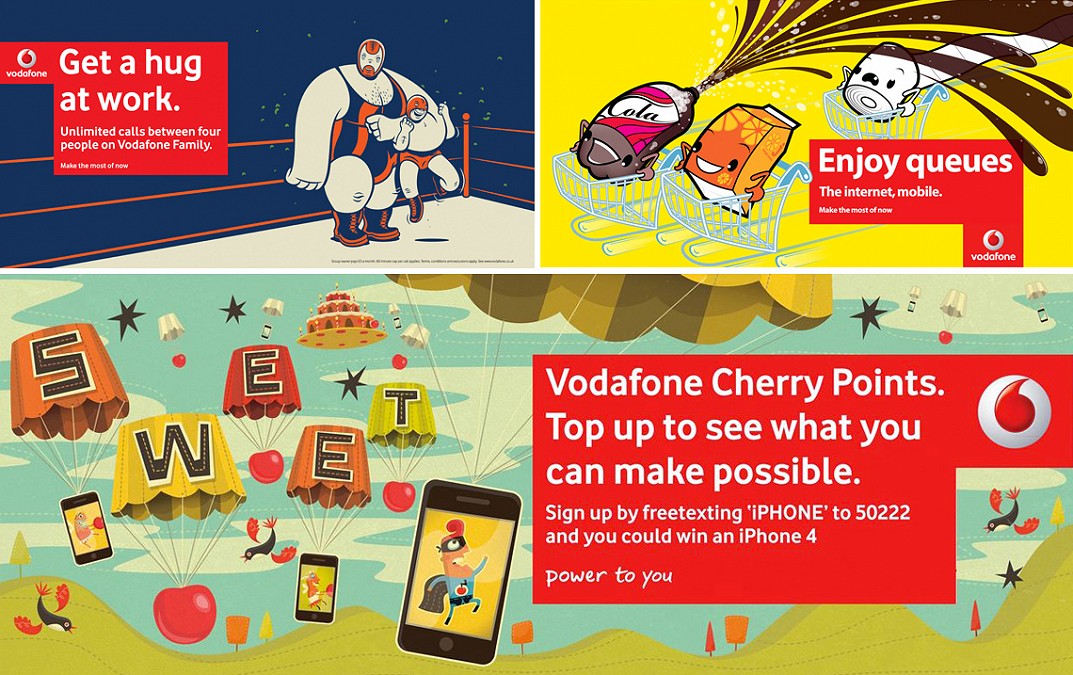
Social media displays how willing today's audience is to using illustrations. When Brussels suffered terrorist attacks, the most shared image was not a photo of the devastation, but an illustration of France comforting Brussels. The cartoon powerfully communicated emotion and empathy, while distancing itself from the realism of the photographs, which many would have felt uncomfortable with sharing.
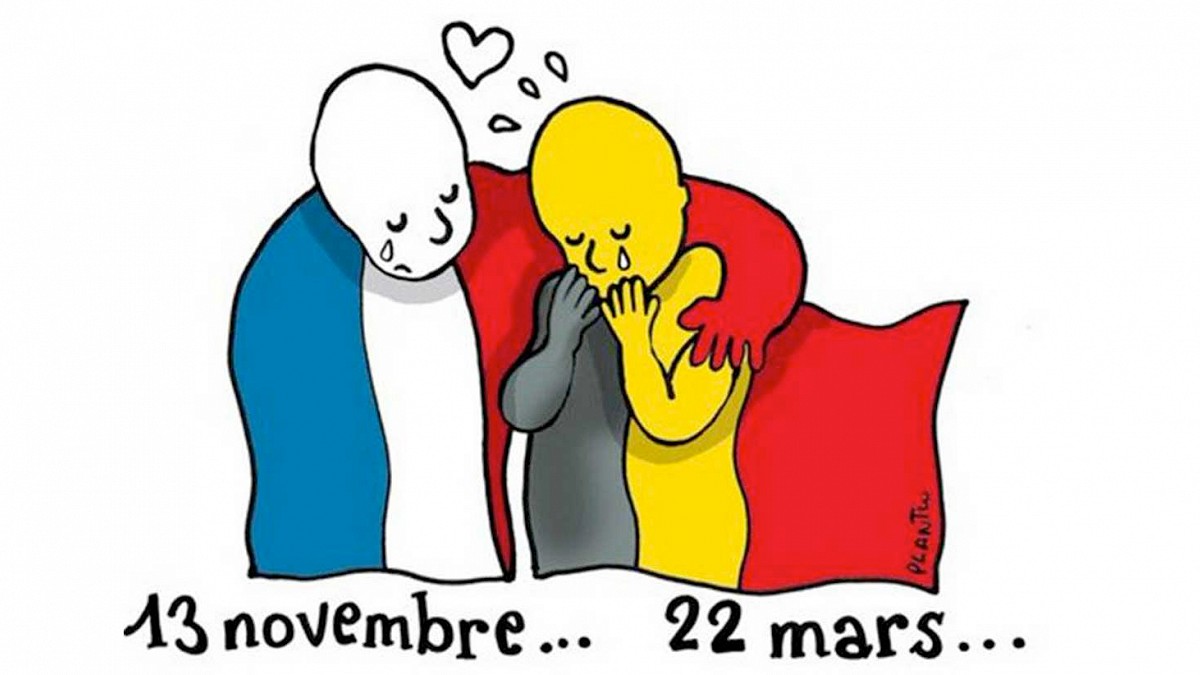
And let's not forget the powerful imagery created in the aftermath of the Charlie Hebdo attack.
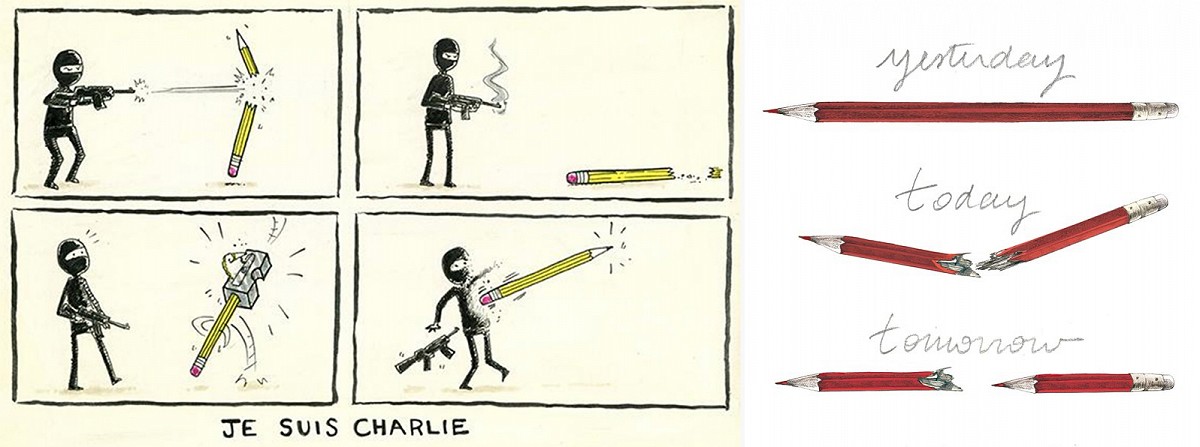
For specific projects or reports aiming to get across a large amount of information, infographics are the cleanest and quickest way to display information. The infographics developed from the 1930s Isotype (International System of Typographic Picture Education). Now infographics are commonly employed for an endless list of purposes including annual reports, information leaflets, maps and social media posts. But the purpose remains to replace large amounts of information with a graphic that is easily absorbed by the reader.
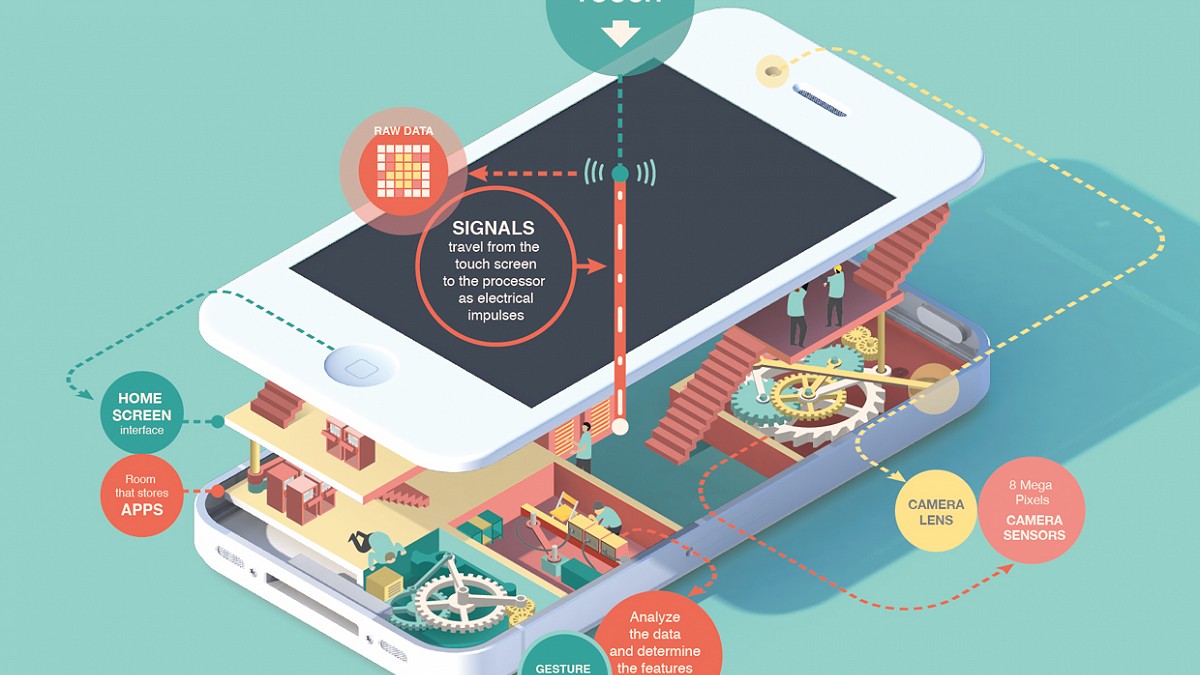
It's also important to consider your target audience when deciding whether to use illustration. Many audiences have evolved to expect more from the visual. Just as the digital audience expects to interact with their experience online, so a static image can communicate in a multitude of ways, challenging the voyeur to participate. An illustration can ignore reality and engage the reader's mind in fun, weird, even impossible ways.
This wow factor is much harder to achieve these days with photography, which has become a hobby for the mass market. Thanks to quick and easy editing via social media apps, everyone can take a decent snap. Anything other than expert and expensive photography has less wow and more 'I could do that' factor. However, it has generated a passion for imagery, which is exciting for the industry. To capitalise on people's interest in visuals means getting it right. It means using professionals and working with creatives who have the skills to produce something eye-catching, thought provoking and intelligent. Something that will leave a long lasting impression on a person's imagination they can relate to and hold on to.
At Kubiak we have an in-house illustrator as part of our graphics team. Call and have a chat with us about our ideas for imaginative illustration and we can help you identify the most appropriate approach for your business.